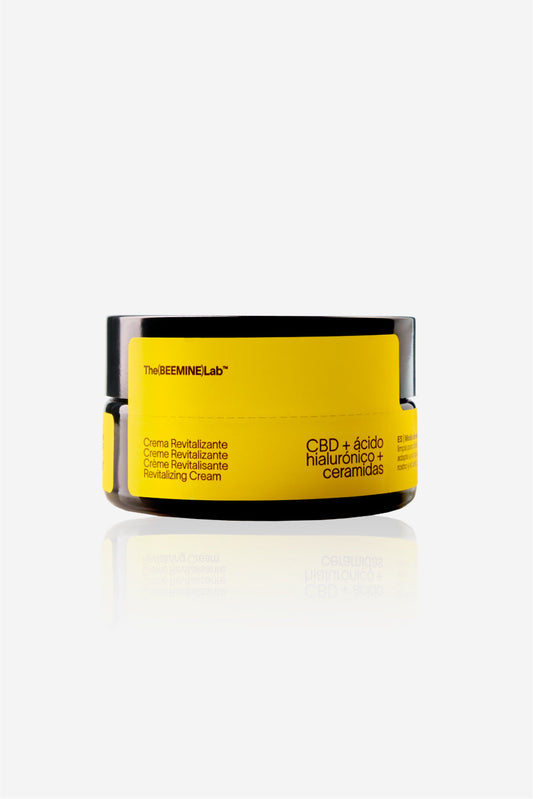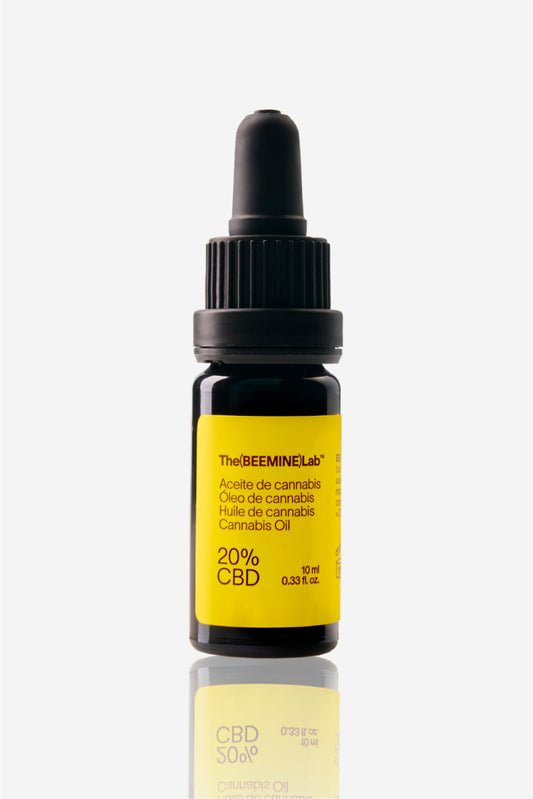Most common causes of knee pain
The knee is a joint composed of:- Bones: femur, tibia and patella
- Ligaments: medial and lateral collateral, anterior and posterior cruciate ligaments
- Cartilages, among which the meniscus stands out
- Synovial fluid
- Muscles and tendons responsible for its movement
- Presence of osteoarthritis or arthrosis : these represent the most frequent chronic problems, implying wear and degeneration of the cartilage causing pain, swelling and stiffness
- Ligament injuries (sprains) : very common among athletes, they can be of different degrees causing sprain, partial or total rupture of the ligament.
- Partial or total injuries to the meniscus
- Tendon injuries
- Bone fractures
- Muscle problems
Diagnosis and treatments for knee pain
Diagnosis is made through a physical examination and using techniques such as arthroscopy and magnetic resonance imaging. Depending on the severity of the problem, painkillers and anti-inflammatory drugs are usually prescribed, as well as compensatory physical exercises and weight control strategies, since postural changes due to knee problems can also cause back pain. In the most severe cases, surgery is necessary to heal bone fractures and injuries to tendons, ligaments and menisci. (1-2)How CBD works against knee pain
The endocannabinoid system , which is dedicated to maintaining the psycho-physical balance of our organism, is present in both the muscular system and the skeletal system, participating in the recovery processes of an injury or fracture and also modulating the inflammatory processes and the sensation of pain thanks to its close relationship with the nervous system and the immune system. (3) Different studies have been able to observe the presence of the endocannabinoid receptors CB1 and CB2 in the synovial fluid, and in people suffering from osteoarthritis or rheumatoid arthritis, the presence of the main endocannabinoids such as Anandamide and 2-AG, as well as the degradation enzyme FAAH, has also been recorded. (4) (5) (6) CBD, thanks to its modulating activity on the endocannabinoid system, can relieve knee pain resulting from different causes . In particular, CBD would provide:- Analgesic and anti-inflammatory effect , to relieve acute problems and chronic pain of both neuropathic and rheumatological origin.(4)
- Neuroprotective and immunomodulatory effect , to prevent neurological problems and slow down neurodegenerative processes. (9)
- Effect of stimulation of bone metabolism , facilitating the recovery of possible fractures and influencing collagen production (7)
Studies on the effect of CBD on animals
There are numerous studies that have been able to record an analgesic, anti-inflammatory and neuroprotective effect of CBD in experimental models of osteoarthritis in animals, also observing a preventive effect against possible neurological damage and consequent neuropathic pain and confirming the ability to slow down the degenerative process, with doses of 5 mg/kg or 25 mg/day. (7-8-9-10). While most of the studies cited have used the intravenous or transdermal route, there is one study conducted with dogs with OA using the ingestible route: the results have shown significant improvements in symptoms after taking 4 mg of CBD per day for one month. (11)Studies on the effect of CBD on humans
Preclinical evidence shows the beneficial effects of CBD in relieving pain and reducing inflammation in the joints, demonstrating how treatments with phytocannabinoids can represent a safe, effective and economical option for treating acute or chronic problems such as arthritis and knee osteoarthritis. (12-13) More specifically, significant improvements have been recorded following the application of synthetic CBD transdermally and there is currently a clinical trial in the preparation phase to study the effectiveness of oral applications of CBD in patients with knee osteoarthritis . (14-15)How to take CBD for knee pain
According to studies, to deal with knee pain it is possible to take CBD both internally in the inhaled, sublingual and ingested form, and externally in the topical and transdermal form . The inhaled form, which ensures maximum and immediate effect, is used to deal with acute pain, using what is necessary at each moment. The sublingual form (not regulated in Spain) is used to obtain a continuous and stable effect and represents a better option compared to the ingestible form (not regulated in Spain). In general, it is advisable to start with a low or medium concentration CBD oil (5%-10%), starting with minimal doses and gradually increasing every two days until the effects appear. In this case, it is highly recommended to have advice and follow-up from a specialized health professional . Through the topical route, the effect is concentrated in the area of application, so it is highly recommended to also use oils, creams and ointments rich in CBD that can be applied 3-4 times a day, gently massaging the entire knee area until completely absorbed. There are also transdermal patches on the market (including knee pads) that, in addition to having a direct effect on the area of application, allow for a systemic effect.Precautions: Is CBD safe?
CBD is a very safe substance even when used in large quantities, however, care must be taken when taking medications or if you suffer from heart or blood pressure problems. For this reason, in these cases it is always advisable to contact a health professional.Possible side effects
Adverse effects are usually mild to moderate in intensity and may include tiredness, drowsiness, dry mouth, dizziness and decreased appetite. Literature:- https://medlineplus.gov/spanish/kneeinjuriesanddisorders.html
- https://medlineplus.gov/spanish/ency/article/003187.htm
- Donvito, G., Nass, SR, Wilkerson, JL, Curry, ZA, Schurman, LD, Kinsey, SG, & Lichtman, AH (2018). The Endogenous Cannabinoid System: A Budding Source of Targets for Treating Inflammatory and Neuropathic Pain. Neuropsychopharmacology: official publication of the American College of Neuropsychopharmacology , 43 (1), 52–79.
- Rzeczycki, P., Rasner, C., Lammlin, L., Junginger, L., Goldman, S., Bergman, R., Redding, S., Knights, A.J., Elliott, M., & Maerz, T. ( 2021). Cannabinoid receptor type 2 is upregulated in synovium following joint injury and mediates anti-inflammatory effects in synovial fibroblasts and macrophages. Osteoarthritis and cartilage , 29 (12), 1720–1731.
- Richardson, D., Pearson, R.G., Kurian, N., Latif, M.L., Garle, M.J., Barrett, D.A., Kendall, D.A., Scammell, B.E., Reeve, A.J., & Chapman, V. (2008). Characterization of the cannabinoid receptor system in synovial tissue and fluid in patients with osteoarthritis and rheumatoid arthritis. Arthritis research & therapy , 10 (2), R43.
- Valastro, C., Campanile, D., Marinaro, M., Franchini, D., Piscitelli, F., Verde, R., Di Marzo, V., & Di Bello, A. (2017). Characterization of endocannabinoids and related acylethanolamides in the synovial fluid of dogs with osteoarthritis: a pilot study. BMC veterinary research , 13 (1), 309. https://doi.org/10.1186/s12917-017-1245-7
- Kogan NM, Melamed E, Wasserman E, et al. Cannabidiol, a Major Non-Psychotropic Cannabis Constituent Enhances Fracture Healing and Stimulates Lysyl Hydroxylase Activity in Osteoblasts. Journal of Bone and Mineral Research: the Official Journal of the American Society for Bone and Mineral Research. 2015 Oct;30(10)
- Malfait, A.M., Gallily, R., Sumariwalla, P.F., Malik, A.S., Andreakos, E., Mechoulam, R., & Feldmann, M. (2000). The nonpsychoactive cannabis constituent cannabidiol is an oral anti-arthritic therapeutic in murine collagen-induced arthritis. Proceedings of the National Academy of Sciences of the United States of America , 97 (17), 9561–9566.
- Philpott, H.T., O'Brien, M., & McDougall, J.J. (2017). Attenuation of early phase inflammation by cannabidiol prevents pain and nerve damage in rat osteoarthritis. Pain , 158 (12), 2442–2451.
- Hammell, DC, Zhang, LP, Ma, F., Abshire, SM, McIlwrath, SL, Stinchcomb, AL, & Westlund, KN (2016). Transdermal cannabidiol reduces inflammation and pain-related behaviors in a rat model of arthritis. European journal of pain (London, England) , 20 (6), 936–948.
- Gamble, LJ, Boesch, JM, Frye, CW, Schwark, WS, Mann, S., Wolfe, L., Brown, H., Berthelsen, ES, & Wakshlag, JJ (2018). Pharmacokinetics, Safety, and Clinical Efficacy of Cannabidiol Treatment in Osteoarthritic Dogs. Frontiers in veterinary science , 5 , 165
- Miller, R.J., & Miller, R.E. (2017). Is cannabis an effective treatment for joint pain? Clinical and experimental rheumatology , 35 Suppl 107 (5), 59–67.
- Vannabouathong, C., Zhu, M., Chang, Y., & Bhandari, M. (2021). Can Medical Cannabis Therapies be Cost-Effective in the Non-Surgical Management of Chronic Knee Pain?. Clinical medicine insights. Arthritis and musculoskeletal disorders , 14 , 11795441211002492.
- Hunter, DJ, Oldfield, G., Tich, N., Messenheimer, JA, & Sebree, TB (2018). Synthetic transdermal cannabidiol for the treatment of knee pain due to osteoarthritis. Osteoarthritis and Cartilage, 26 .
- https://www.clinicaltrials.gov/ct2/show/study/NCT05020028







